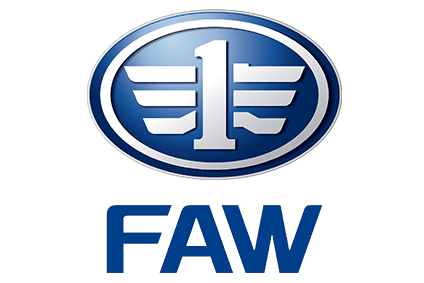It has been reported that China’s First Automotive Works (FAW) is in talks to acquire Brilliance China Automotive Holdings (Brilliance) for $7.2bn. The deal is raised as a prospect with Brilliance’s major shareholder, Huachen Automotive Group, on the brink of bankruptcy.
Brilliance itself, outside of its joint ventures with BMW, has struggled of late. Group production has declined from a high of 568,0000 in 2013 to 234,000 in 2020. The 2020 production level was a fall of 9.7%, comparing unfavourably with a total industry decline of 3.8%. Recent performance, combined with a set-up capable of producing some 650,000 light vehicles a year, is unsustainable. Brilliance’s current travails are far removed from its position a decade ago when it seemed set to emerge from the pack and become one of China’s leading domestic OEMs. A succession of models have failed to capture the imagination, while its attempt to move upmarket with the SWM brand – bought in 2014 and with a design centre in Italy – has not met expectation.
The apparent move by state-owned FAW to acquire the privately held Brilliance may signal the Chinese state’s backdoor approach to the auto sector consolidation and reinforcement of one of its pillar industries.
In a failure to compete in its home market Brilliance is not alone; Hyundai and Kia‘s recent troubles attest to that. However, it is one of numerous local groups competing for a share of the China automotive pie. Domestic OEM groups commanded a 41.2% share of Chinese light vehicle production in 2020. Not too bad on the surface. But that 41% share was dispersed among 62 manufacturer groupings. Of the overseas OEMs there were just 19 competing for 58% of the market amounting to 13.7m light vehicles.
For an industry considered a pillar of the Beijing government’s industrial policy such oversupply, any weakness among its cohort is a far from desirable competitive situation. The situation is exacerbated by many of the players being seen as local ‘champions’ and protected by regional governments due to the employment prospects and economic multiplier effects that the auto sector offers. In many ways this mirrors the historic competitive situation in Europe, where national champions were protected from consolidation or predators by state-led protectionism. Furthermore, just as in Europe, such protectionism brings excess capacity as an unwanted by-product and a drag on profitability. GlobalData estimates that the Chinese light vehicle sector has capacity to manufacture some 45m units a year, giving a utilisation rate of under 53% in 2020.
The apparent move by state-owned FAW to acquire the privately held Brilliance may signal the Chinese state’s backdoor approach to auto sector consolidation and reinforcement of one of its pillar industries. The move by FAW may be the first step on the path to the long-mooted consolidation of the state-held FAW, Changan and Dongfeng into a single entity. If that’s correct it would be expected that Changan and Dongfeng follow FAW’s lead in swallowing smaller players until the long tail of companies is tidied up and allows for the creation of the FAW-Dongfeng-Changan supergroup.
The end-game for the Chinese light vehicle manufacturing sector would then entail six large OEMs: three state-owned (BAIC, SAIC and the FAW supergroup) and three or four private groups (BYD, Chery, Geely and Great Wall). That would go close to the industry meeting the government’s on record objective, published in 2009, of there being a group of 10 major players that would survive a wave of consolidation it foresaw.
Until now, market growth and investments to position China at the forefront of electric vehicle development have forestalled such a development. With FAW’s rumoured move the day of reckoning may have moved ever closer.
This article first appeared in GlobalData’s Automotive Intelligence Center.
See also: FAW mulling Brilliance buy – report




